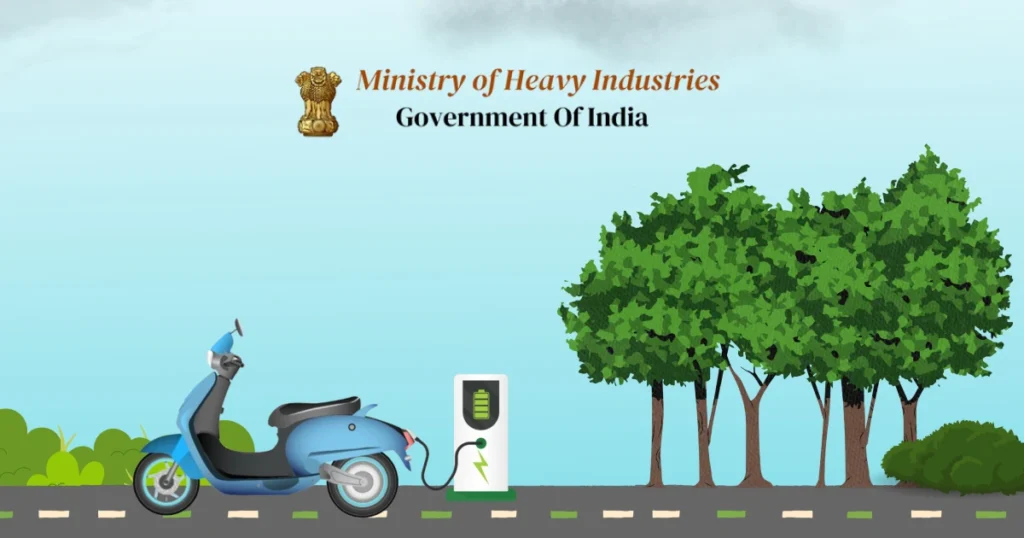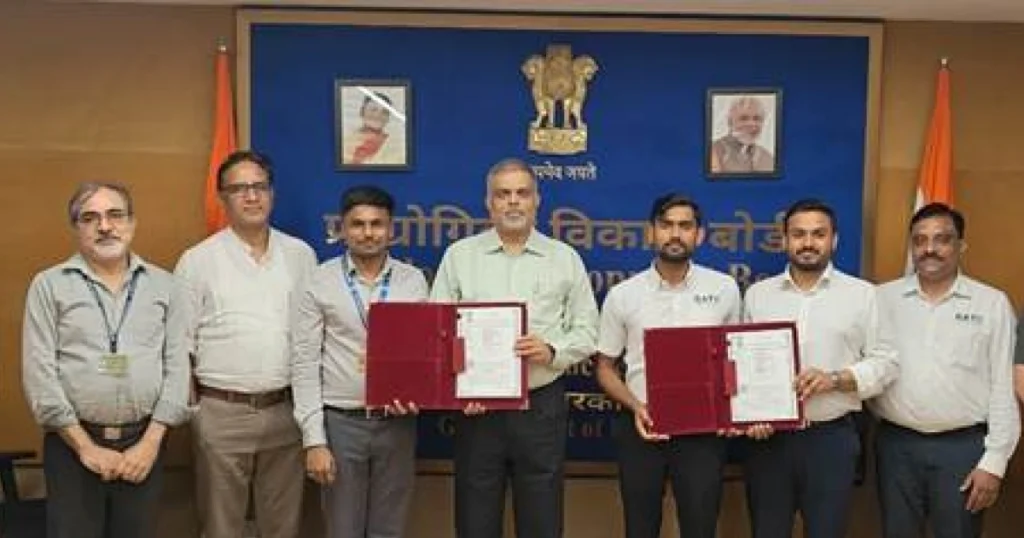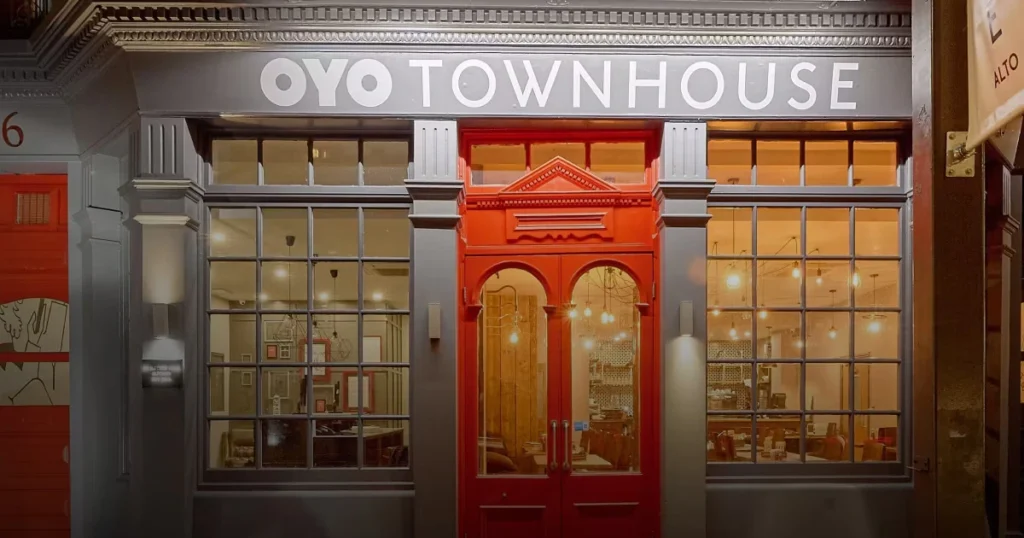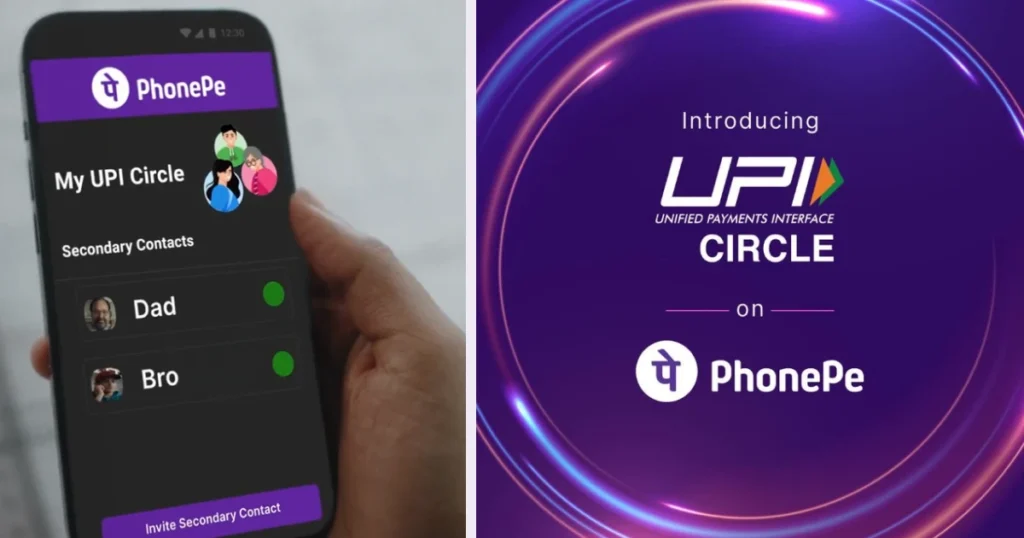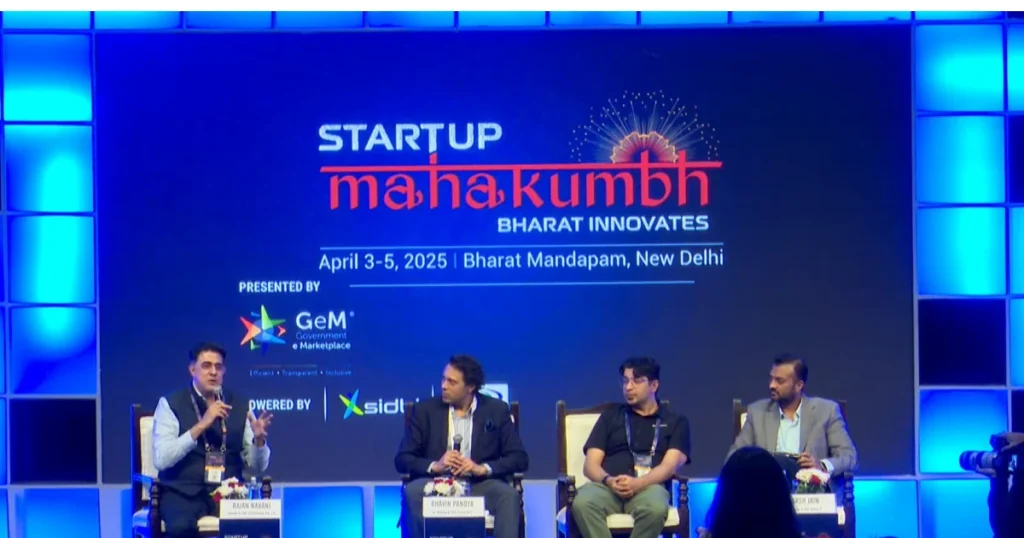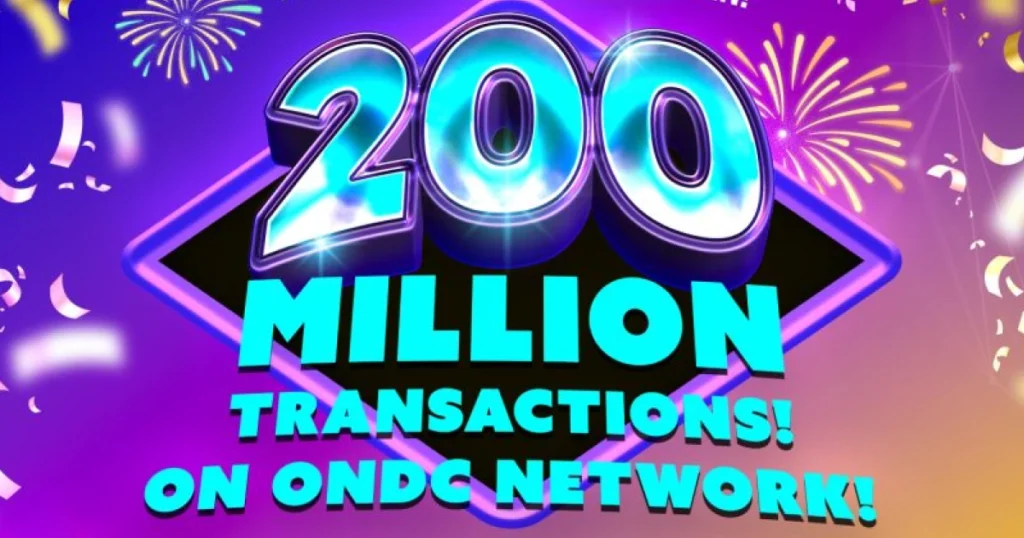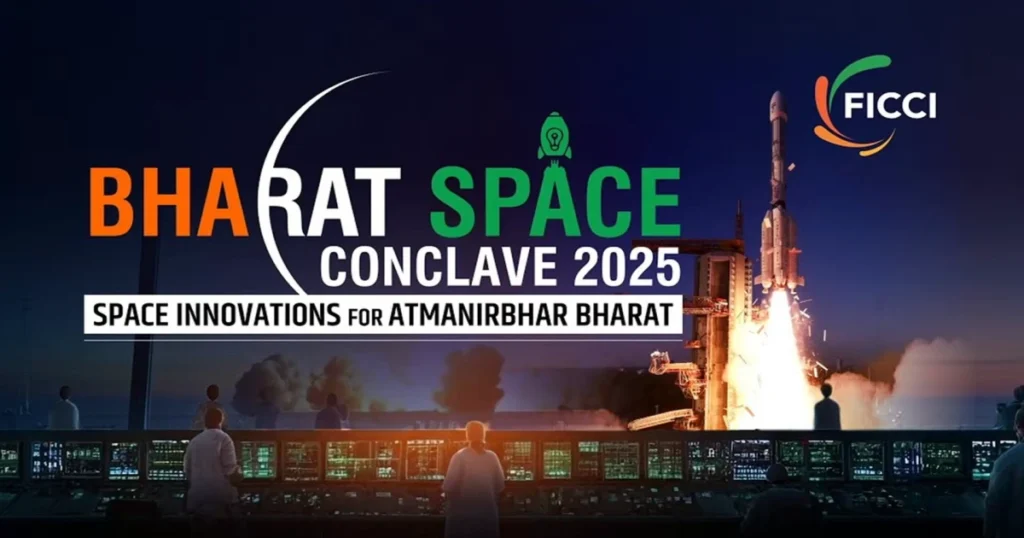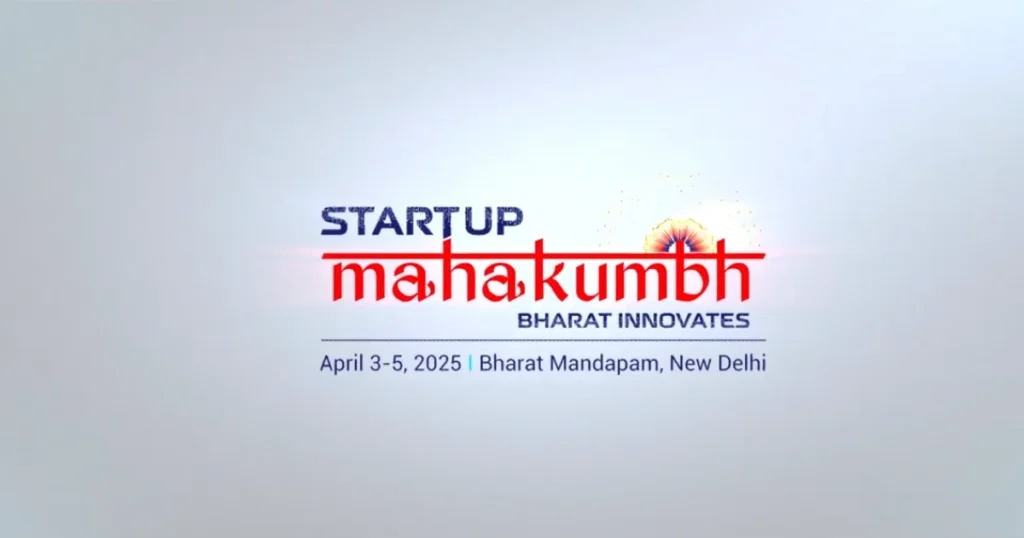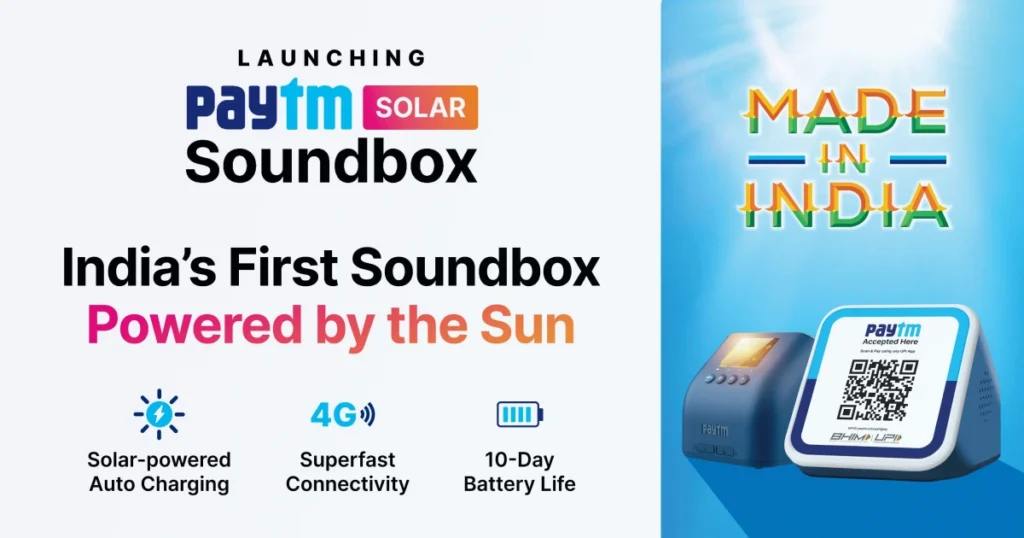The launch of the “PM Electric Drive Revolution in Innovative Vehicle Enhancement (PM E-DRIVE)” Scheme has sparked a remarkable surge in electric vehicle (EV) sales across India.
Approved by the Cabinet with a financial commitment of ₹10,900 crore, the scheme officially commenced on October 1, 2024, and is set to run until March 31, 2026.
Its primary aim is to accelerate the adoption of electric vehicles, enhance charging infrastructure, and establish a robust domestic EV manufacturing ecosystem.
As part of the government’s push for sustainable transportation, the scheme has already seen electric two-wheeler sales reach an impressive 571,411 units in the fiscal year 2024-25.
Sales of electric three-wheelers also saw substantial growth, with 71,501 units in the L5 category alone, while electric rickshaws and e-carts added to the momentum with 1,164 units sold.
The PM E-DRIVE initiative focuses on mass mobility by supporting public transport systems and providing upfront incentives for EV purchases.
It also aims to mitigate the environmental impacts of transportation and enhance air quality, aligning with India’s ambitious net-zero emissions target for 2070.
The scheme promotes an efficient and competitive EV manufacturing sector, emphasizing local production and the development of a comprehensive supply chain through a phased manufacturing program.
Key components of the PM E-DRIVE scheme include:
- Demand Incentives: Significant financial support for electric two-wheelers, three-wheelers, ambulances, and trucks, promoting advanced battery technology and eco-friendly options.
- Funding for Infrastructure: Allocation of funds for electric bus procurement, the establishment of a vast network of charging stations, and the upgrade of testing facilities within the Ministry of Heavy Industries (MHI).
- Charging Infrastructure Development: A robust plan to install 22,100 fast chargers for electric cars and 48,400 charging points for two and three-wheelers in key cities and highways, backed by a ₹2,000 crore budget.
- e-Voucher System: An innovative e-Voucher system for customers to easily access demand incentives, streamlining the process for both buyers and manufacturers.
The scheme is set to incentivize approximately 2.48 million electric two-wheelers and 320,000 electric three-wheelers, targeting both commercial and private ownership.
Additionally, a budget of ₹500 crore has been allocated for deploying e-ambulances, aiming to enhance patient transport services.
With a total allocation of ₹4,391 crore for electric buses, the government plans to procure over 14,000 e-buses in major cities, with a focus on sustainability and replacing older buses through scrapping initiatives.
In conclusion, the PM E-DRIVE scheme represents a significant leap towards a cleaner and more sustainable transportation future in India.
By addressing key challenges related to environmental pollution and fuel security, the initiative is expected to not only bolster the EV sector but also create substantial employment opportunities in manufacturing and infrastructure development.


